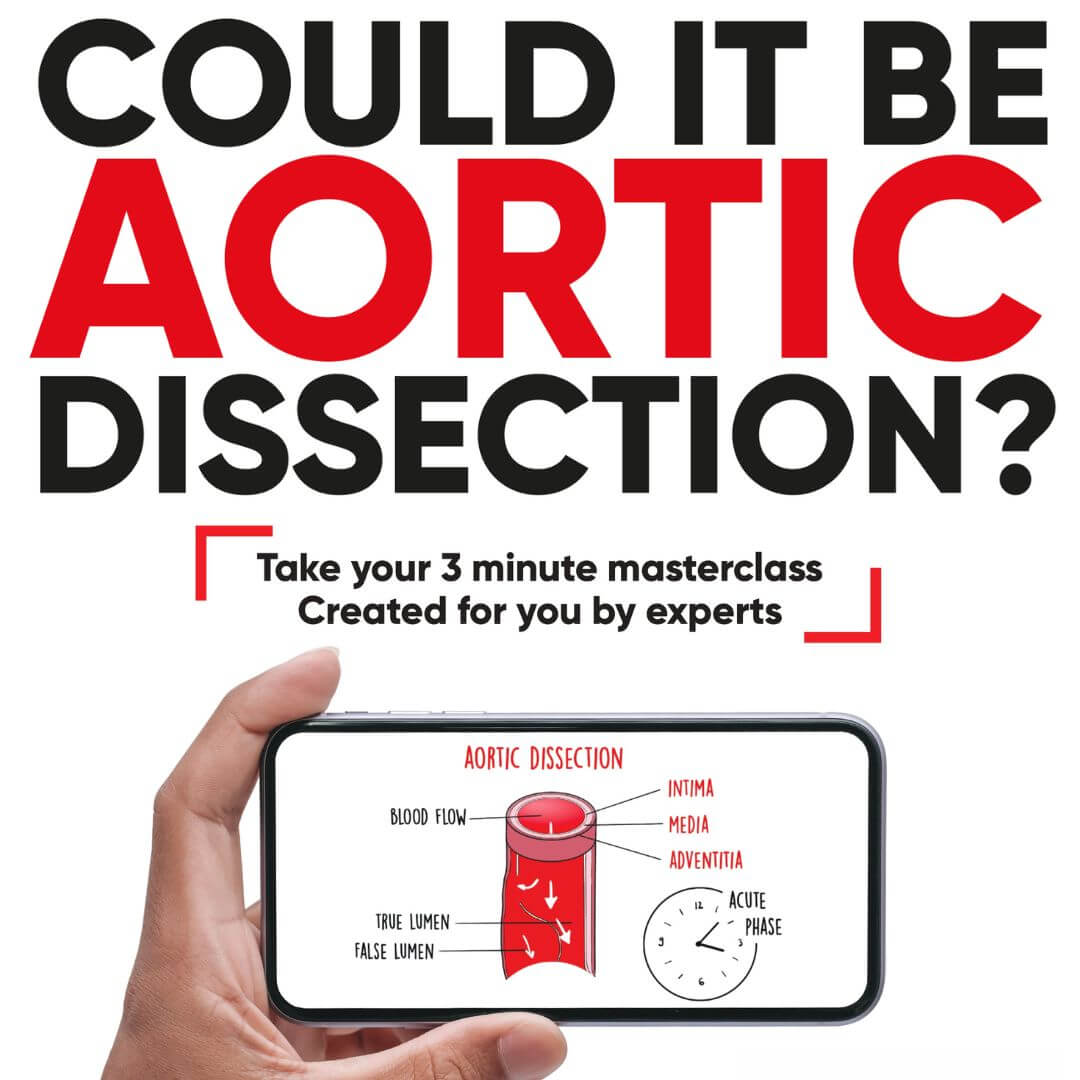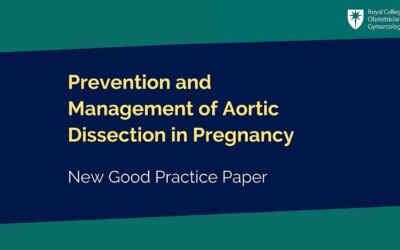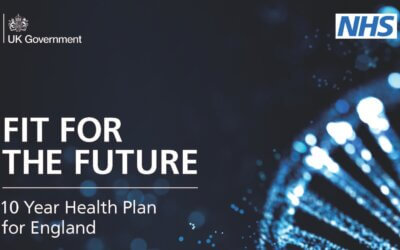The Collaborative Acute Aortic Syndrome Project (CAASP) investigated the processes of diagnosing and managing acute aortic syndrome (AAS) across multiple centres in the UK. Acute aortic syndrome includes a range of critical conditions such as aortic dissection (AD), intramural haematoma (IMH), and penetrating atherosclerotic ulcer (PAU). The study primarily aimed to identify time delays throughout the patient care pathway and their impact on clinical outcomes.
Conducted between January 2018 and June 2021, the study included 620 patients diagnosed with AAS across 15 UK sites. Patients were monitored for up to six months, focusing on the time taken from symptom onset to hospital presentation, hospital presentation to imaging diagnosis, and imaging to treatment. The median age of the cohort was 67 years, with a predominance of males (62%) and Caucasian ethnicity (92.9%). The most common type of AAS was type-A aortic dissection (41.8%), followed by type-B aortic dissection (34.5%).
Key Findings
Time Delays and Factors Influencing Them
- The study highlighted significant variability in the time intervals from symptom onset to diagnosis and from diagnosis to treatment. For instance, the median time from symptom onset to hospital presentation was 3.1 hours, while the time from hospital presentation to imaging diagnosis was 3.2 hours.
- Factors like sudden onset chest pain were associated with shorter presentation times, whereas conditions such as a family history of aortic disease or migratory pain contributed to delays in diagnosis.
- The necessity of inter-hospital transfers for treatment was identified as a key factor causing delays, particularly impacting the time from diagnosis to treatment.
Management Approaches and Outcomes
- The study observed a range of management strategies, including conservative management (60.2%), open surgery (32.2%), and endovascular procedures (4.8%).
- Mortality rates were higher among older patients (over 70 years), those with complicated AAS, and patients who did not receive critical care. Notably, early access to critical care improved survival rates significantly.
Disparities in Access to Care
- The study found that patients from lower socioeconomic backgrounds often resided closer to hospitals but did not present earlier than more affluent patients, indicating potential disparities in healthcare access and awareness.

The CAASP study provides a substantial contribution to understanding AAS management pathways in a real-world, multicentre setting. Its comprehensive data collection offers valuable insights into the time-related challenges that impact patient outcomes in AAS cases. However, several areas warrant a closer critique.
Strengths of the Study
One of the study’s strengths lies in its large, multicentre design. By including 620 patients across 15 sites, the study ensures that findings are broadly representative of UK AAS care pathways, which reduces the potential bias seen in single-centre studies. This design allows for a richer understanding of the variations in care across different settings. Additionally, the study’s detailed analysis of time intervals between various stages of patient care is another key strength. It offers critical information for identifying bottlenecks in the care pathway, making it possible to refine diagnostic and therapeutic approaches. The practical implications of the study’s findings are clear, with recommendations that could lead to policy changes, such as the need for improved referral protocols and streamlined pathways to avoid delays due to inter-hospital transfers.
Limitations of the Study
However, the study’s retrospective nature presents certain limitations. Retrospective analyses are inherently limited by the quality and completeness of the data recorded in patient notes, which introduces the potential for recall bias. This approach may also miss patients who died before receiving a confirmed diagnosis, thus underestimating the true burden of AAS. The study also faced challenges related to missing data; reliance on retrospectively collected records meant that some patient records had incomplete information, leading to exclusions from certain analyses. These exclusions could skew the results, especially in conditions like AAS where every minute counts. Furthermore, despite its broad inclusion of multiple sites, the generalisability of the study may be limited to non-UK settings. The healthcare systems and access to emergency care in other countries can vary significantly, potentially affecting the applicability of the findings elsewhere.
Opportunities for Improvement
Opportunities for improvement in future research are evident from these limitations. Moving forward, prospective studies could provide a more controlled approach to data collection, potentially reducing the impact of missing information and enhancing the robustness of findings. Incorporating advanced diagnostic support tools, such as artificial intelligence, could also be explored to further reduce time to diagnosis and improve clinical outcomes, especially in emergency settings where speed is critical. Another important area for future research is a focused analysis of socioeconomic disparities. The study observed delays among socioeconomically disadvantaged patients despite their closer proximity to hospitals, suggesting a need for targeted public health strategies to improve equity in healthcare delivery. A deeper understanding of the factors contributing to these disparities could help in designing interventions that ensure timely access to care for all patients.
Future Research Opportunities
The CAASP study sheds light on several areas that could be explored through future research to enhance the management of AAS:
- Refinement of Triage Protocols: The study suggests that early critical care admission is crucial for improving outcomes. Research could focus on developing triage protocols that better identify high-risk patients who would benefit from rapid critical care intervention.
- Reducing Diagnostic Delays: Given that factors like a family history of aortic disease were associated with diagnostic delays, there is a need to refine clinical decision-making protocols to account for these variables. Research could explore the development of more comprehensive risk assessment tools that include such atypical factors.
- Impact of Socioeconomic Factors on Healthcare Access: The observed discrepancy between proximity to care and presentation time among lower-income patients suggests a need for targeted awareness campaigns. Investigating the effectiveness of such initiatives and how they influence time to presentation could be valuable.
- Longitudinal Analysis of Treatment Outcomes: Future studies could explore the long-term outcomes of various management strategies, such as open surgery versus endovascular treatment, to determine the most effective approaches for different patient profiles.
- Role of Telemedicine in Acute Aortic Syndrome Management: Given the impact of delays due to inter-hospital transfers, exploring the use of telemedicine for initial consultations and coordination with tertiary centres might provide a means of expediting treatment decisions.
The CAASP study offers critical insights into the current challenges of diagnosing and managing acute aortic syndrome. While it highlights key areas for improvement in clinical practice, it also lays a foundation for future research that can lead to better outcomes for AAS patients through faster diagnosis, equitable care, and targeted management strategies.




